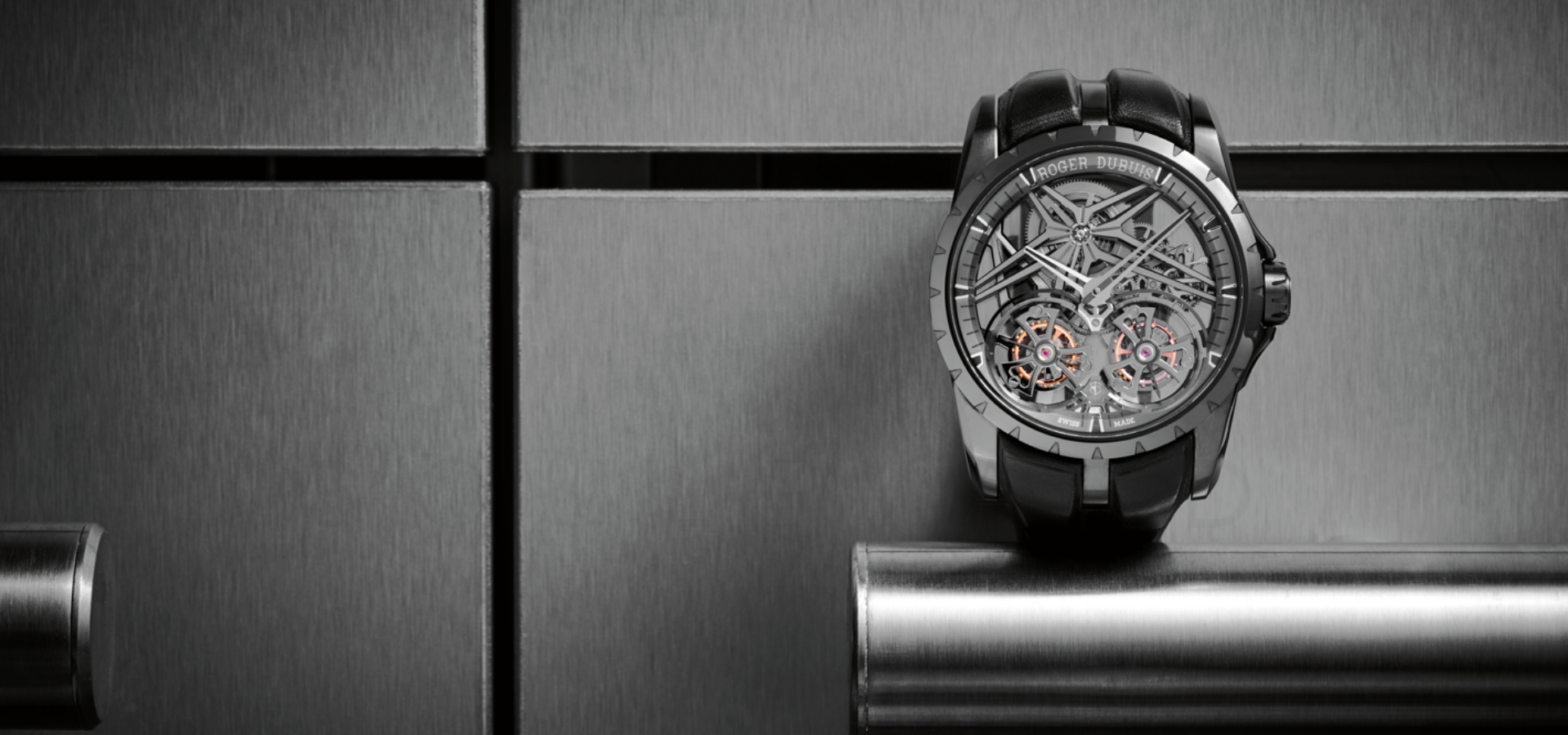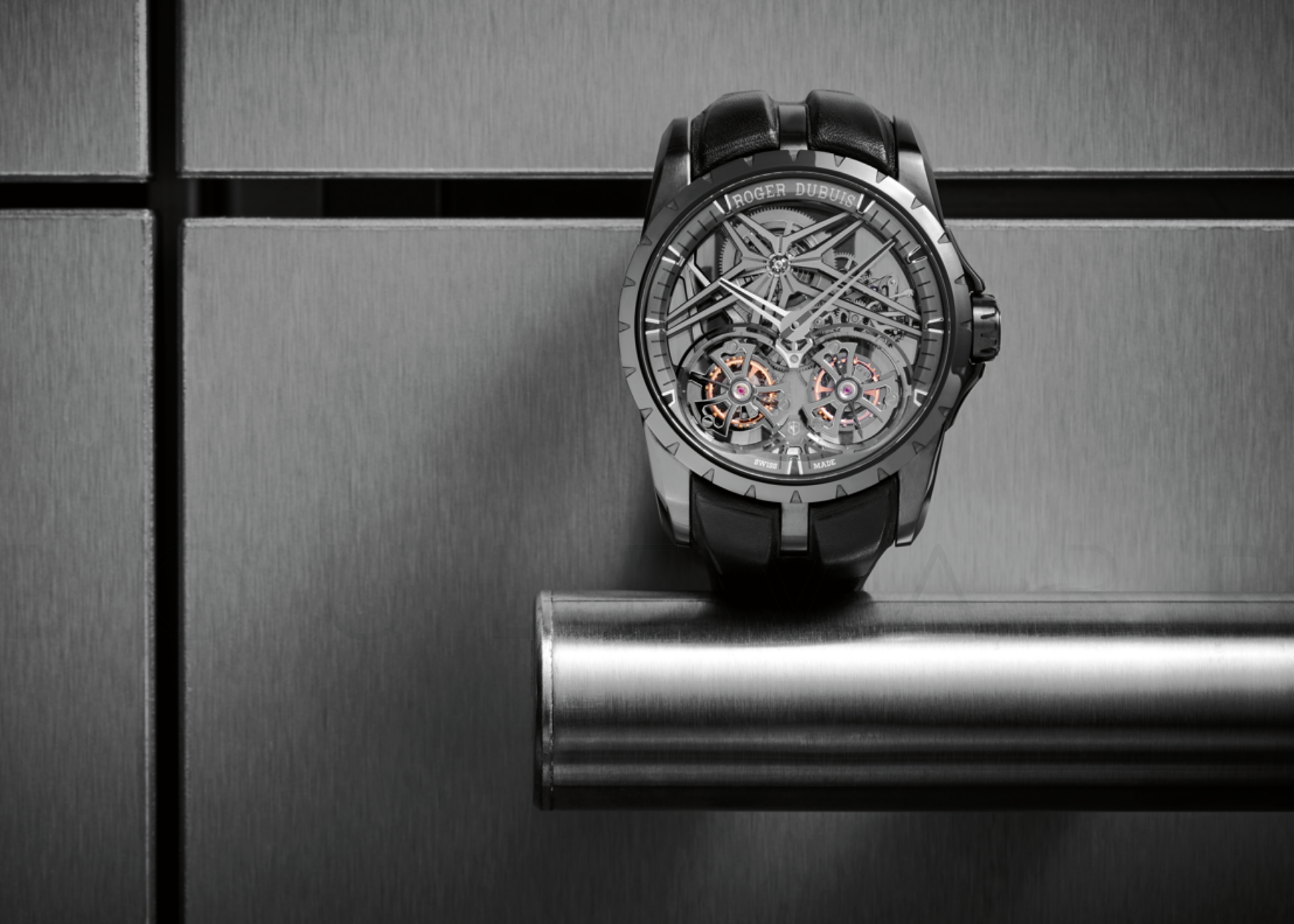Shot on location at 4Plus8
Watch complications, though no longer strictly necessary, serve more than a utilitarian purpose. They embody ingenuity, an enduring respect for tradition, and a blend of smart mechanics and design finesse.
Upping the ante: MB&F Legacy Machine Perpetual
MB&F introduced the Legacy Machine collection in 2015, marking a departure from the brand’s unconventional, otherworldly timepieces that defied traditional watch aesthetics. The Legacy Machine was conventional, in a way, but still in keeping with MB&F’s mission of pushing boundaries without breaking tradition.
The LM Perpetual Calendar is one such example. It’s an open secret that perpetual calendars spend more time in the workshop than they do on the wrist of the collector. Together with watchmaker Stephen McDonnell, MB&F founder Maximilian Büsser sought to devise solutions to the problems that often plague perpetual calendars.
Büsser and McDonnell re-engineered the entire workings to install safeguards and mechanisms that ensure that the movement does not jam easily. This being an MB&F watch as well, it’s replete with visual drama, such as a floating balance wheel at the centre of the dial. This version comes in stainless steel with a salmon dial.
Aiming for the stars: Code 11.59 Starwheel by Audemars Piguet
Audemars Piguet is renowned for its iconic Royal Oak collection, but there are plenty of other hidden treasures within its archives. One such gem is the Starwheel, which appeared from 1991 to 1996, with intermittent resurrections thereafter, including a tribute piece in 2011 for the brand’s 125th anniversary. The Starwheel experienced a return last year, finding a new home within the contentious Code 11.59 collection, which was launched in 2019 as a commercial alternative to the Royal Oak.
The origin of the Starwheel can be traced back to 1655’s Pope Alexander VII, who was disturbed by the incessant tick-tock of a clock at night. He enlisted the expertise of watchmakers, who devised a jumping display, setting the stage for the Starwheel’s inception over three centuries later by Audemars Piguet.
Despite its seemingly intricate display, reading the time on the StarWheel is remarkably straightforward. The minutes can be seen on the track between 10 and 2, while the three sapphire disc displays (driven by star wheels) rotate to convey the hour. The hour then aligns with its corresponding minute (the time on the watch shown opposite is 10:21).
Available in a white gold and black ceramic version, the watch features an enchanting aventurine dial that mirrors the brilliance of a midnight sky – a poetic homage, perhaps, to the celestial ‘star’ within its name.
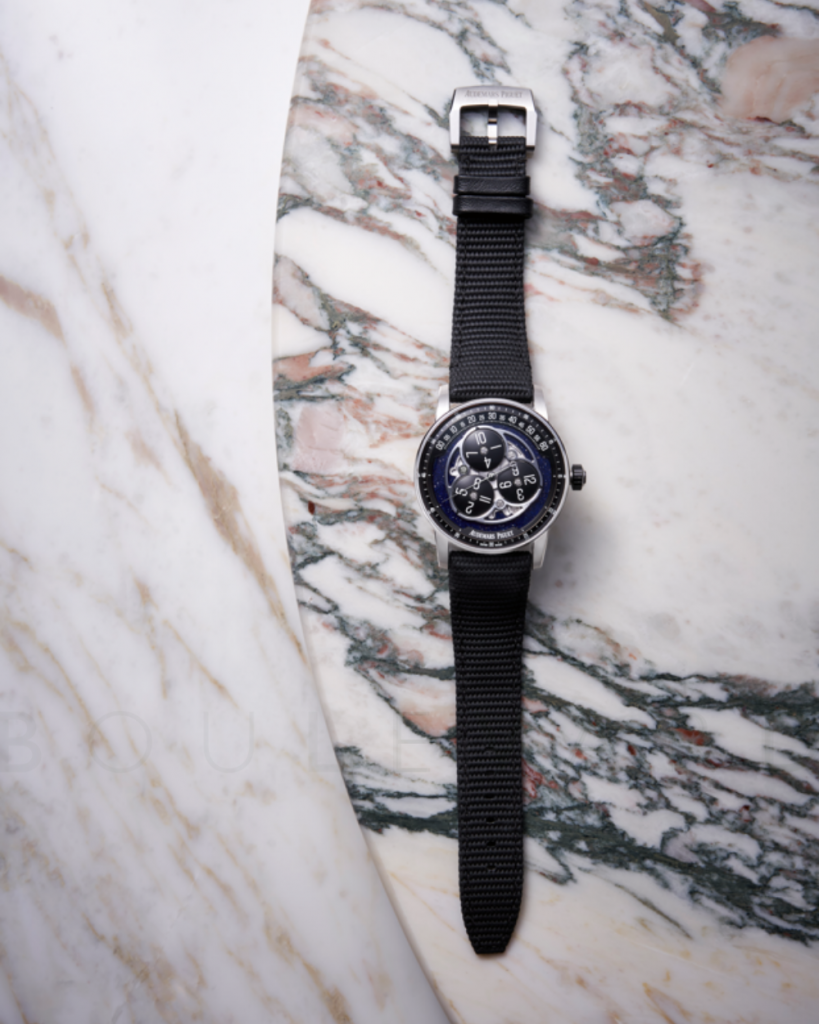
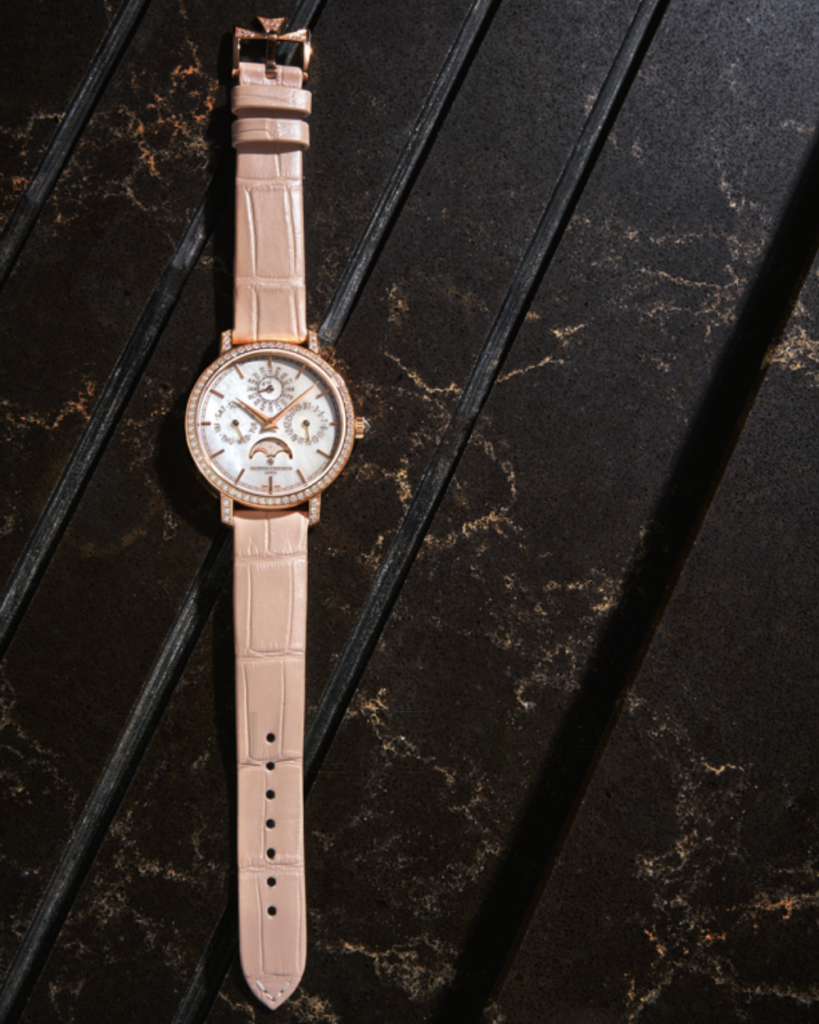
Packed with a punch: Chopard L.U.C. Tourbillon Volant
Designing a conventional tourbillon is a significant achievement, but venturing into the realm of a flying tourbillon elevates the challenge to a whole new level. Unlike its tethered counterpart, a flying tourbillon gives the illusion of floating, detached from any apparent connection to the movement.
The Chopard L.U.C. Tourbillon Volant is a testament to the Swiss brand’s unwavering commitment to the art of watchmaking. Limited to 50 pieces, the L.U.C. XP Tourbillon Volant is wrought in Fairmined gold and features a hand-guillochéd inner dial, meticulously crafted in a honeycomb pattern, which alludes to the ‘worker bees’ at the Chopard watch manufacture. As if the spectacle of a flying tourbillon weren’t enough, this timepiece boasts an ultra-thin self-winding movement, which is a feat in itself, as it features a twin barrel that ensures 65 hours of autonomy. Adding to the watch’s list of accolades, it’s also Contrôle officiel suisse des Chronomètres and Poinçon de Genève certified.
Double the fun: Jaeger-LeCoultre Reverso Tribute Duoface Tourbillon
Featuring a flying tourbillon and a dual timezone, the Jaeger-LeCoultre Reverso Tribute Duoface Tourbillon in pink gold pays homage to the first Reverso with a tourbillon, which was launched 30 years ago.
While the 2018 version of this timepiece was released in an ornate platinum case, the current avatar comes wrought in pink gold and is more pared back, by comparison. The flying tourbillon can be seen on both sides of the rotating case, making for two different aesthetics that can complement any occasion.
The classic side features dauphine hands and an elegant silvered dial, whereas the more elaborate side (shown opposite) features a partially open-worked dial, showcasing the beautifully finished movement as well as a day-night display.
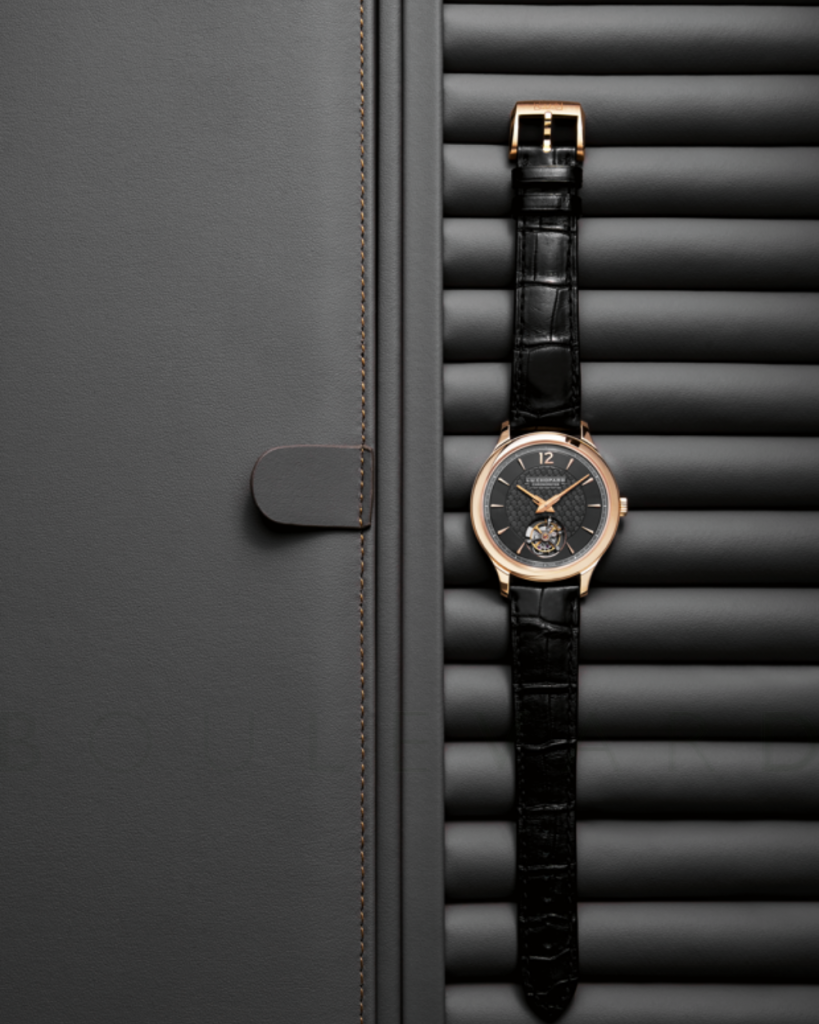
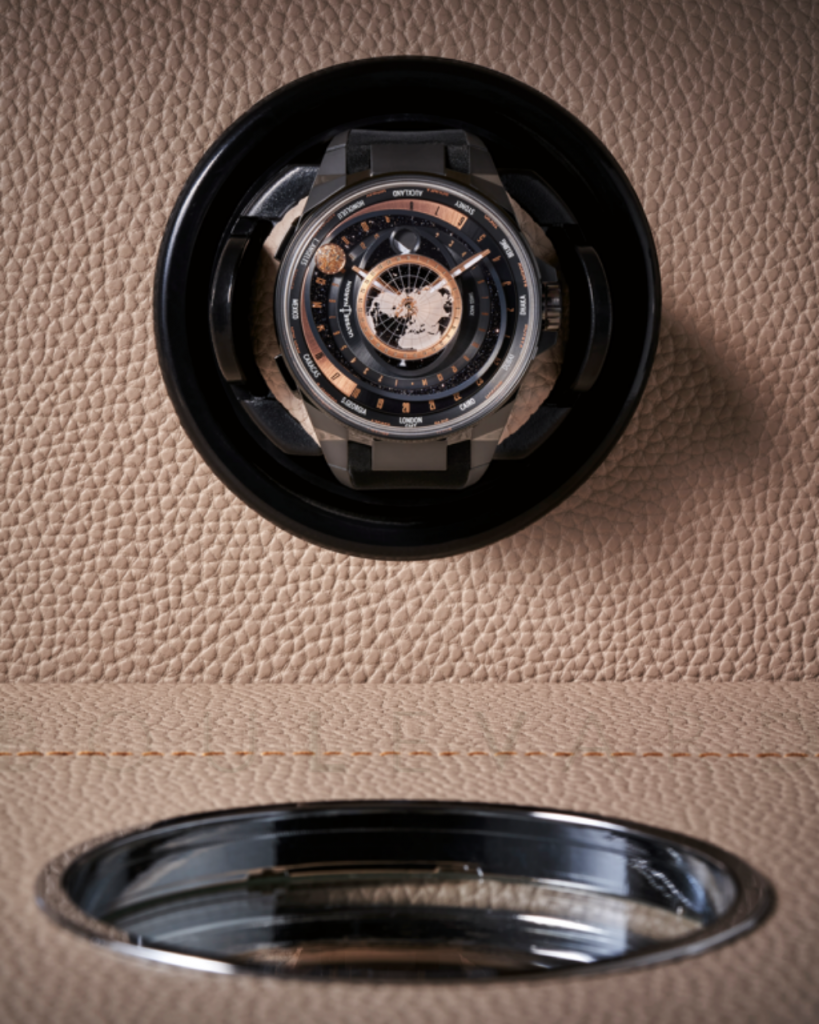
“The brand operates like a laboratory of ideas within the strict Geneva Seal criteria.”
Horological beast: Roger Dubuis Excalibur Double Tourbillon
Horology is a dichotomous endeavour: Watchmakers are constantly searching for innovative techniques to better a strictly archaic mechanism. Roger Dubuis perhaps best embodies this dichotomy. The young, 29-year-old brand operates almost like a laboratory of ideas and innovation, but within the strict limits of the Geneva Seal criteria. This means that each Roger Dubuis watch is made in Geneva, and its making adheres to a stringent set of rules that advocates top-notch craftsmanship and accuracy. When I visited the Roger Dubuis manufacture a few years ago, I witnessed the punctilious nature of the watchmakers, who ensured that even the smallest components – even those that can’t be seen – are polished to perfection.
This adherence to strict quality standards powers its watchmaking endeavours, making Roger Dubuis one of the more exciting brands around. The Excalibur Double Tourbillon in ceramic exemplifies this ethos. Inspired by the automotive industry, the two tourbillons are linked by a differential that averages the mechanism, leading to better functioning of the movement.
The skeletonised movement showcases the beautifully finished elements and adds to the visual drama. The 45mm manual-winding beast has a 72-hour power reserve and is shown on the previous page in a black ceramic version.
Anachronistic pleasures: Vacheron Constantin Patrimony Perpetual Calendar
As far as anachronisms go, the perpetual calendar firmly sits in the camp of, ‘We don’t really need one, but boy is it a sight to behold’. Invented in the 1700s, this sophisticated movement gives us the time, day, date and year, and need not be adjusted for leap years. It’s no mean feat, and it’s an endeavour that countless watchmakers have attempted.
One watchmaker that has effortlessly mastered the art of building perpetual calendars is Vacheron Constantin. It’s no surprise really, as the watchmaker holds the distinction of being the oldest watch brand in Switzerland boasting an uninterrupted history. In 1901, it established a Grand Complications workshop, and in 2016, it built the most complicated pocket watch in the world, the 57260, which features 57 complications.
The Traditionelle Perpetual Calendar Ultra-Thin demonstrates the brand’s desire to seduce female collectors by presenting the complication in a feminine guise. Featuring a self-winding in-house movement, the 36.5mm watch exudes quiet elegance despite its many dial indications – a testament to the maison’s skilled designers.
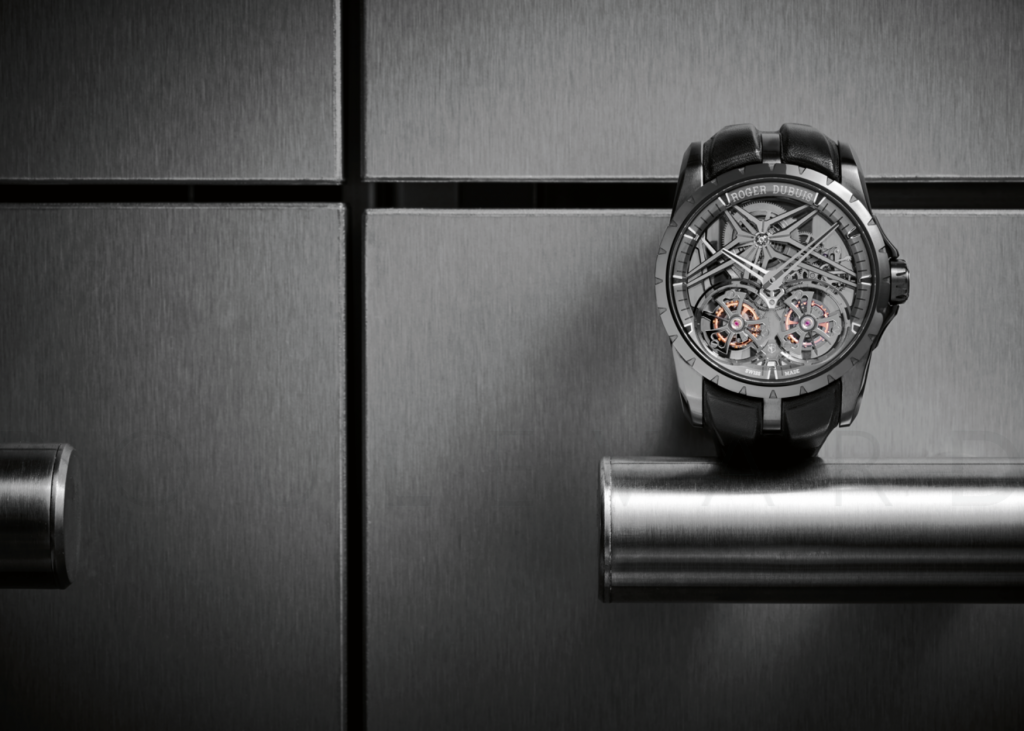
Chiming wonder: F.P. Journe Répétition Souveraine
Crafting a watch complication requires more than a basic watchmaking education; it demands resilience, patience and experience. For many watchmakers, reaching the pinnacle involves creating chiming watches like grand sonneries and minute repeaters.
The minute repeater, designed to audibly indicate the time in the dark, is no small feat. Picture fitting an oratory system into a watch movement scaled to the wrist. F.P.Journe’s Répétition Souveraine (featured on page 4) showcases the brand’s reputation as a skilled independent watchmaker, managing to house a complete minute repeater in a slim 4.5mm movement.
The sapphire case version, showcased here, stands out with its see-through effect, offering a glimpse of the finely finished movement adorned with various artistic crafts.
To the moon and back: Ulysse Nardin Blast Moonstruck
According to Neil deGrasse Tyson, the atoms comprising our bodies originated in the hearts of stars millions of years ago, connecting us intimately with the cosmos. This cosmic allure has captivated watchmakers, including Ludwig Oechslin, renowned for restoring the Vatican’s astronomical clock and launching the Ulysse Nardin Trilogy in Time series.
Oechslin’s influence is palpable in the Blast Moonstruck, a watch that ingeniously displays moon phases, lunar dates, tidal coefficients, world time, dual time, and the positions of the sun and moon globally. Despite the number of features, the watch is surprisingly uncluttered, although you would probably need a course or two to understand and read the numerous indications. Wrought in black ceramic and black DLC titanium, the watch also features a domed sapphire glass with a protruding globe. Talk about bringing the cosmos to our wrists.
